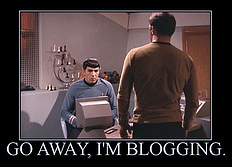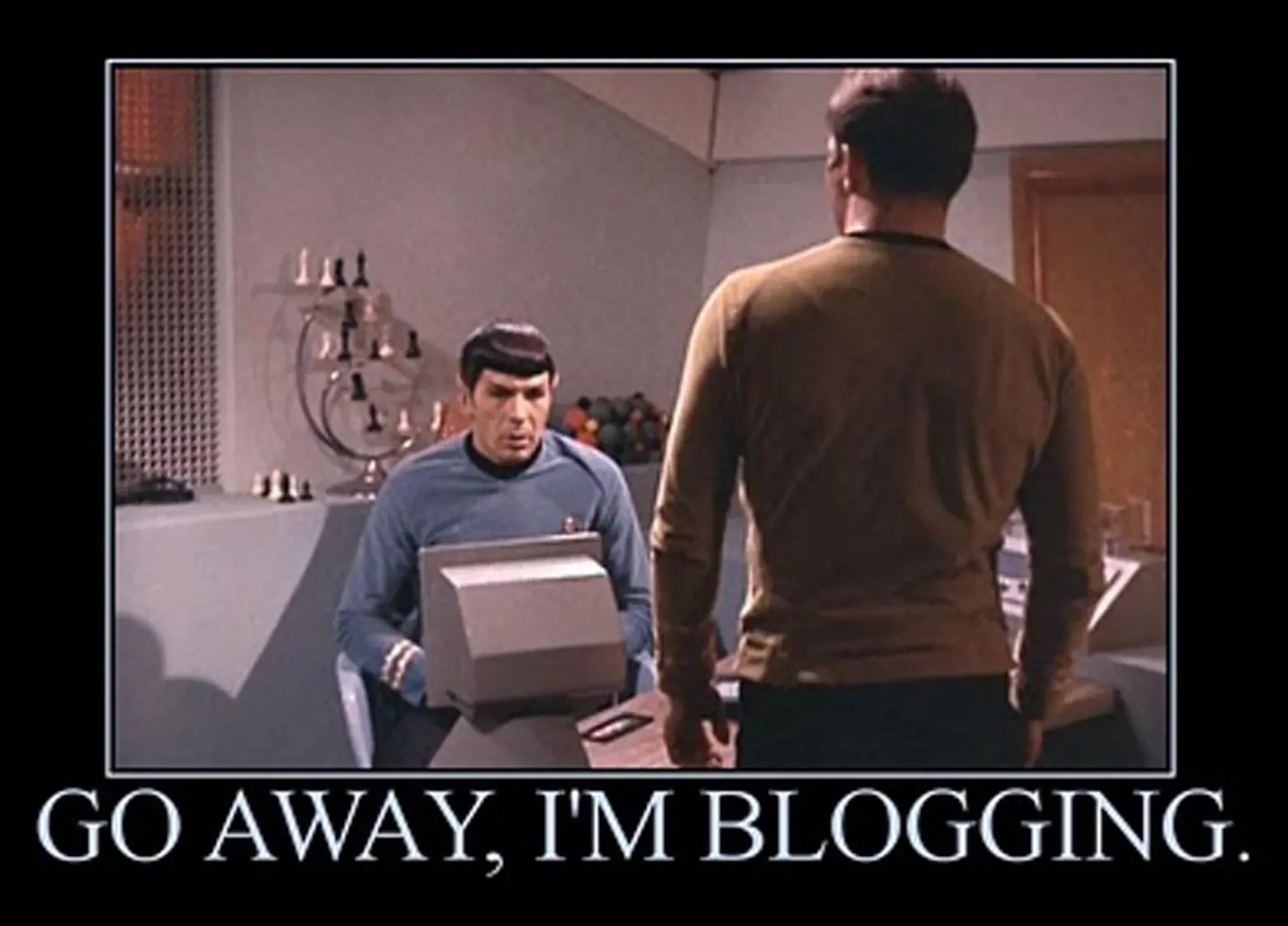As a marketing manager at a small business, you want as many people as possible reading your blog. You've created some pretty cool original content, which is a great start. You've probably posted links on all your social media sites, which certainly helps expand your audience. However, many firms fail to effectively leverage another powerful tool at their disposal: the widget.

Widgets can help you expand your blog's reach, improve navigation, and encourage readers to share your content. At the same time, too many widgets can confuse readers and clutter up the page. The rule of thumb, therefore, is to embrace the power of the widget, but be selective in doing so. Here are a few of our favorites.
1. The Email Subscribe Form. A great widget to help build a relationship with readers, this form should reside on your blog's sidebar or any other piece of highly-visible real estate.
2. RSS Feed. Much like email subscribers, viewers who subscribe to your RSS feeds are tremendously important because they're essentially saying, "I like your blog and what you're saying, and I want to know even more." Therefore, make sure RSS sign-up is also highly visible.
3. Popular Posts, Tags, and Categories. Similar to upselling a product to a satisfied customer, popular posts and categories enable viewers to read up on similar pieces of content. It's a great way to keep them on your page.
4. Social Share Buttons. Perhaps the most important widget of them all, social share buttons make it easy for readers to share your blog on countless social media sites with one click. This is tremendously important because when a reader shares a post on their Facebook page, for example, all of that person's friends see the post, thereby significantly broadening your post's exposure. We suggest checking out popular social sharing buttons like ShareThis and AddThis.
5. Social Follow Buttons. Social share buttons will enable a reader to share your content on their personal social media page. Social follow buttons, on the other hand, direct readers to your social media pages. Make sure you have buttons taking viewers to your main pages on Facebook, Twitter, Instagram, Pinterest, LinkedIn, etc. (You can also take this idea to the next level by installing widgets specific to a given platform, like a Twitter Activity Feed or Facebook Follow Button.)
6. Writer Profiles. One of the key components of inbound marketing is to use social media to strengthen your brand, exude expertise, and build trust with prospects and customers. And one way to do this is to show the "human" side of your business by including a widget promoting the authors of your blog posts.
7. Comments. This may sound like a no-brainer, but some blogs disable comments for various reasons like fear of spam or trollers. We suggest otherwise. A blog needs to spur dialogue and audience engagement, even if readers don't always agree with you.
8. Search Bar. Congratulations, a visitor is not only on your blog, but they also liked what they read and feel compelled to check out what else you have to offer. Therefore, ensure that they can find what they need with a simple, easy-to-locate Search Bar.
9. Contact Form. You want to make it easy for readers to contact you. The form can be simple; just Name, Email, and Message is all you need.
What do you think? What are your favorite blogging widgets? What other widgets would you add to this list?
Looking for more tips to optimize your blog? Download our Business Blogging eBook.






